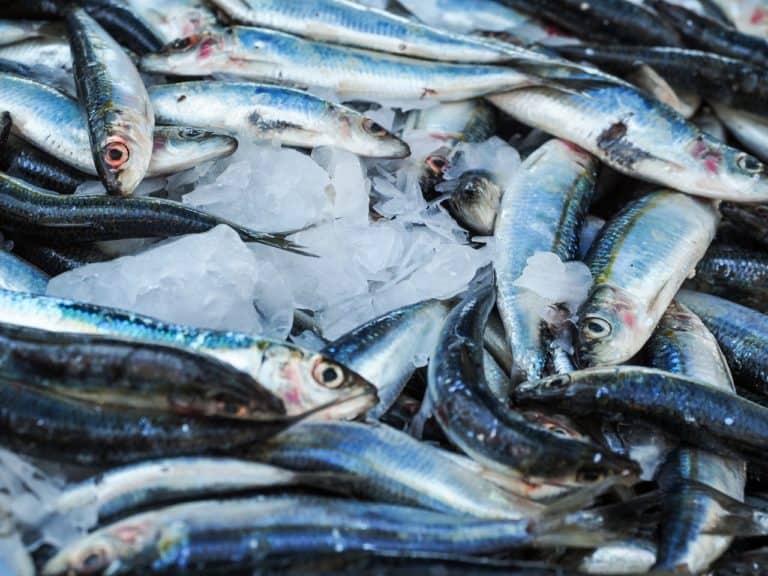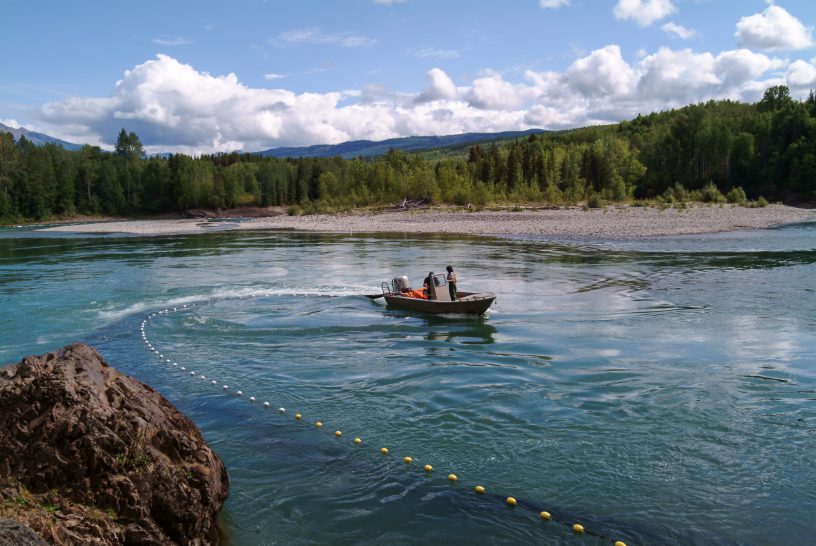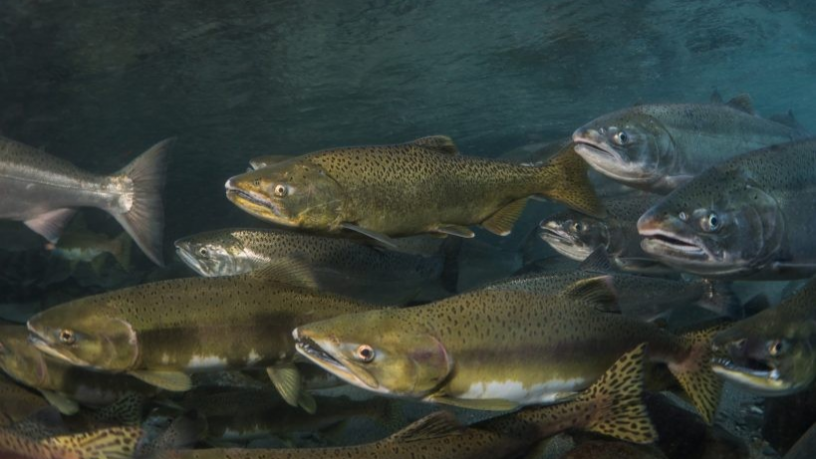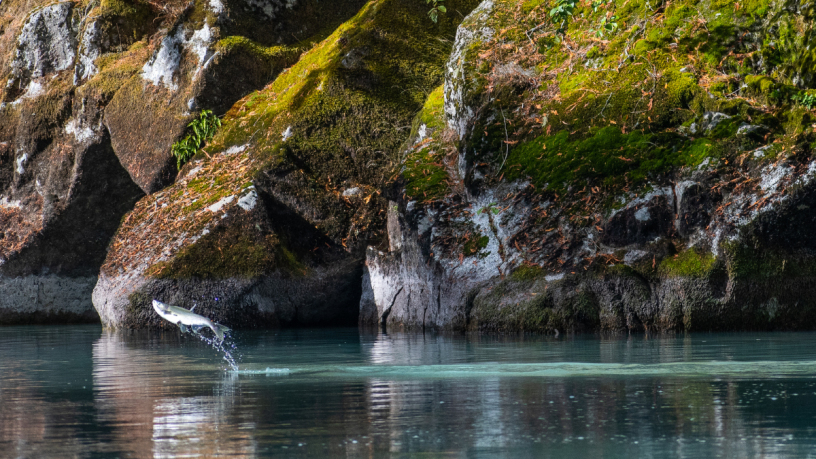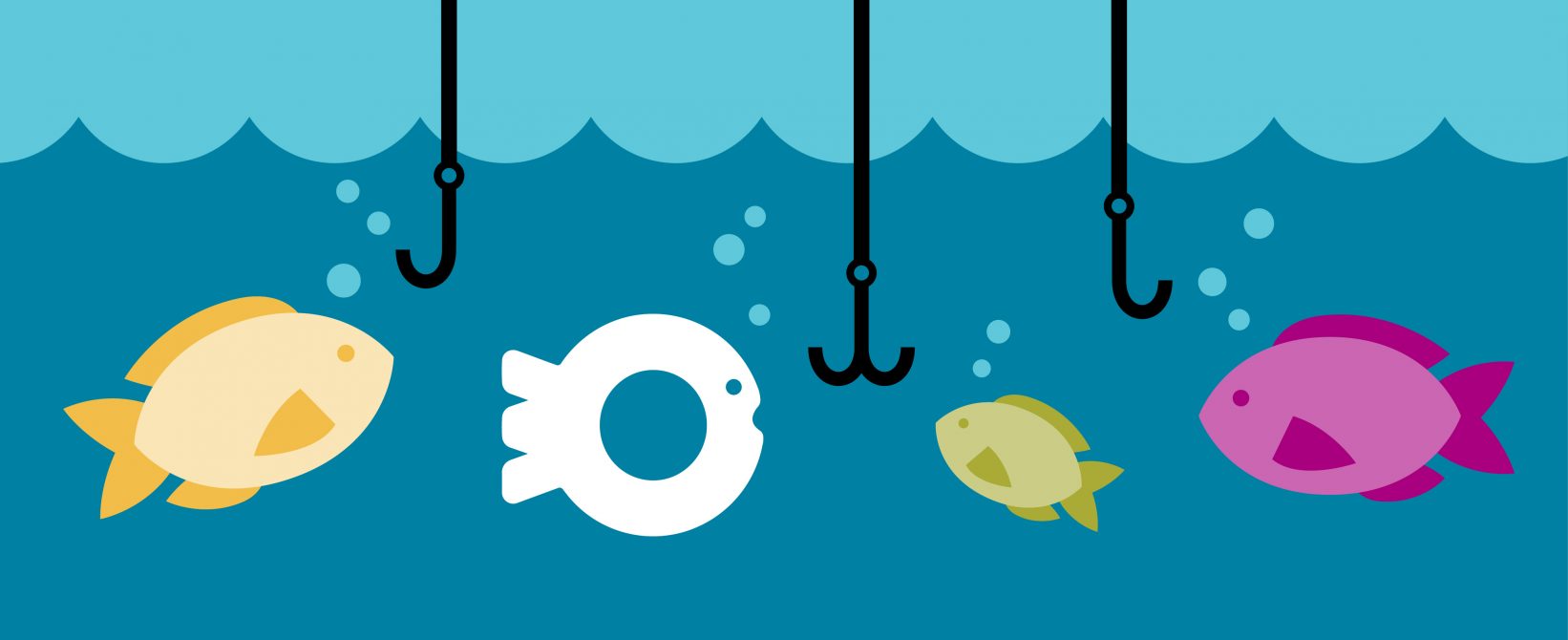
This Seafood Month Learn Where Your Seafood Comes From
by Samantha Renshaw, Ocean Wise Science Lead
Plain and simple, choosing seafood from a sustainable fishery is the simplest way for consumers to prevent overfishing. But too often figuring out where their seafood comes from leaves shoppers scratching their heads.
Global demand for seafood products has been growing at an average rate of 3% annually over the last 60 years. With this increased pressure, fish populations are struggling to keep up and many well-known fisheries have stagnated, including popular pelagic species like anchovies.
Choosing seafood from fisheries that have robust stocks can make the difference between putting endangered species at risk and ensuring our ocean can provide food security for future generations.
Luckily, there are many seafood options that are sourced from sustainable farms and fisheries available on the market if you know how to identify them.
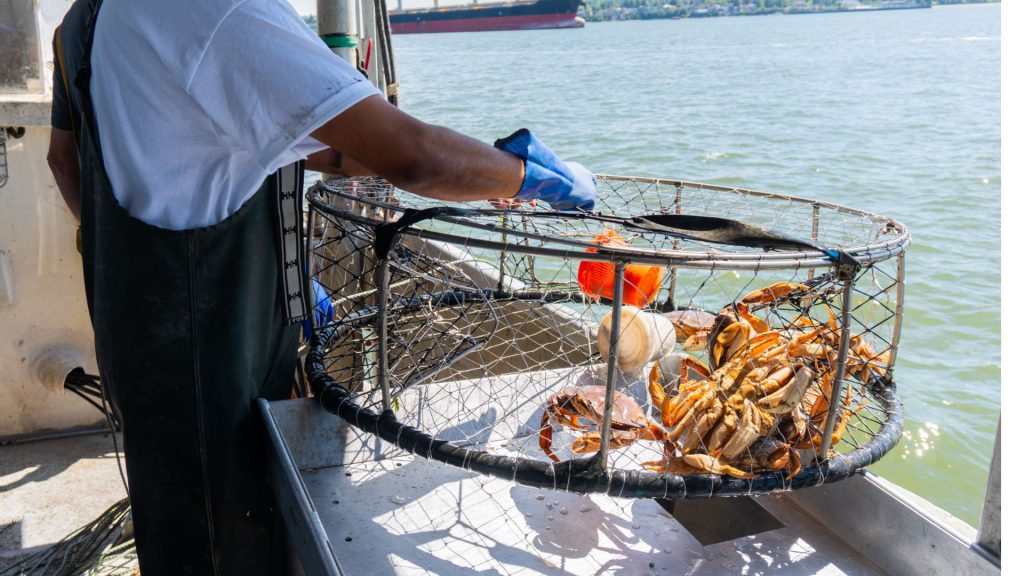
We know what’s at stake
Current estimates suggest that nearly 35% of global fisheries are being harvested beyond sustainable levels. Declining fish stocks not only risk our ability to feed earth’s growing population, but failure to control overfishing has already been responsible for the unravelling of the local economies.
Examples of economic downturns from overfishing are available across the globe. Newfoundland cod, a booming fishery in the early 1900s, faced declining catches due to increasing fishing pressure that came with technological advancements and the advent of diesel and steam powered fishing vessels. Eventually the fishery was closed in 1992 and with it went the jobs of over 30,000 people in Newfoundland, marking the largest layoff in Canadian history. To this day the fishery has yet to make a comeback, and stocks remain a fraction of what they once were.

Poorly managed fisheries can also disrupt marine ecosystems, making our ocean more vulnerable to climate change and further endanger at-risk species.
But we also know what we need to do to prevent this.
For a healthy ocean, fisheries need effective ecosystem-based management, healthy fish populations, selective fishing methods, and strong stakeholder relationships. Studies have shown that strong fisheries management can decrease fishing pressure and increase fish populations, allowing fisheries to thrive and rebuild.
Where stocks are already depleted, rebuilding plans offer a roadmap to recovery. Canada has committed to developing these plans for its critically low fish populations. Continued emphasis on ensuring fisheries are well-managed through catch limits and rights-based approaches will help us reduce rates of overfishing and help rebuild critical stocks.
Management systems that consider the human dimension of sustainable fisheries have also shown more positive outcomes. Integrating traditional knowledge and ecosystem-based management into fisheries management has substantial benefits for restoring fish populations, expanding ecological knowledge, and ensuring sustainability for coastal communities.
There are plenty of sustainably sourced seafood options for consumers. However, the problem is that these options can be difficult to identify.
Making sustainable choices can be tough
Despite seafood’s popularity, many consumers lack critical information about where it comes from and how it was caught.
A recent study in Sweden found that shoppers base their seafood choices on factors like species familiarity (e.g. salmon and shrimp), health beliefs, and cooking proficiency, whereas making sustainable choices was seen as confusing based on labelling and lack of product awareness.
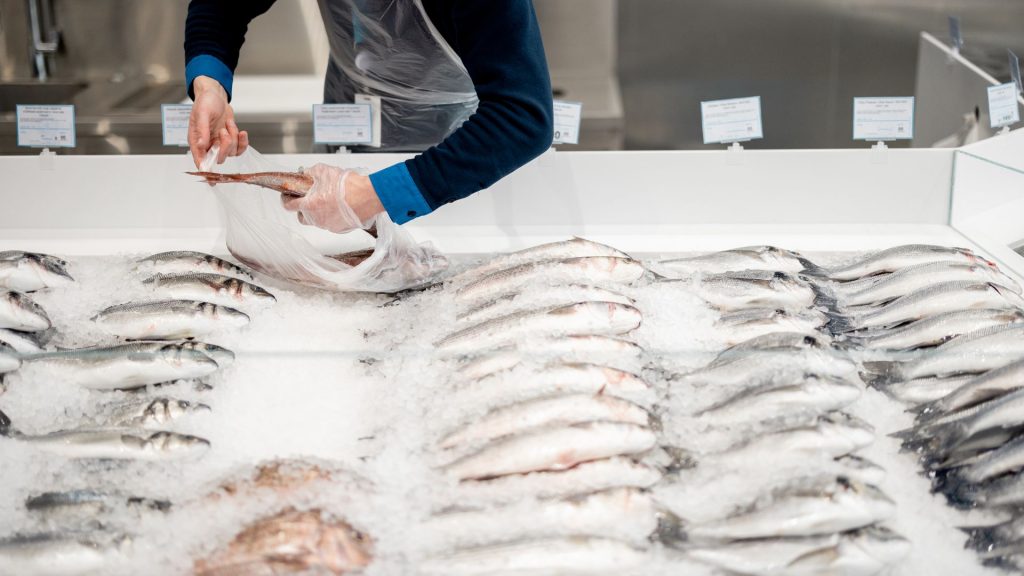
Currently, most Canadian seafood packaging does not contain enough information for consumers to make informed choices. Only pre-packaged, imported products are required to display common names of species and country of origin.
While clearly there are gaps in seafood literacy and transparency, there are many organizations hard at work trying to make sustainable seafood the norm.
At Ocean Wise we close the gap between consumers and sustainable seafood harvesters with over 1,400 Recommendations, backed by the best available science. And thanks to the Ocean Wise symbol it is easy to identify Recommended products. By taking the health of the population, impact on threatened and endangered species, fisheries management, and habitat impact into account, we help consumers choose fisheries that work with our ocean instead of against it.

By knowing whether the seafood one chooses to eat supports good practices and a healthy ocean, consumers can tackle overfishing from the comfort of their favourite restaurant or grocery store.
While eco-labels help promote consumer-driven change in the seafood industry, they’ve also helped shine a light on sustainability issues. Including the challenge of connecting consumers with small-scale, locally produced seafood products.
Making markets equitable for small-scale fisheries
Knowing who caught your seafood, in addition to where it was sourced, can build stronger connections to sustainability. Supporting local small-scale fisheries not only strengthens community livelihoods, but also helps reduce the carbon footprint of seafood by minimizing transportation distances.
Roughly 492 million people depend on small-scale fisheries for their livelihoods and food security. The role these fisheries play for coastal communities, livelihoods, and sustainable seafood supply cannot be overstated. Unfortunately, community-based fisheries are underrepresented in eco-labelling programs despite being responsible for 40% of global fisheries catch.
For a seafood product to be assessed as ‘sustainable’, we require large amounts of data that aren’t always available for small-scale fisheries. This leaves many small-scale, often Indigenous fisheries, without access to the same markets as larger fisheries.
At Ocean Wise, we are working to reduce the barriers for small-scale fisheries to engage with the sustainable seafood market and develop pathways for these fisheries to become Ocean Wise Recommended.
To do this, we are leveraging available data sources to produce Rapid Assessment recommendations for Canadian fisheries and most recently launched a set of salmon recommendations to highlight sustainable Pacific salmon fisheries across BC. We are also actively engaging with fishing communities across the country to co-develop a pathway that allows Indigenous Knowledge to inform fishery assessments so we may overcome data-deficiencies and create more equitable markets for sustainable products.
Choose sustainably during Seafood Month
Taking a moment to choose sustainable seafood can make a significant difference for the health of our ocean and the communities that rely on them for their livelihoods.
This is why we must consider where and how our seafood was produced. Taking the extra second to make the sustainable choice might seem like a small step but can make a difference for the ocean and for those fishers who have chosen sustainable methods.
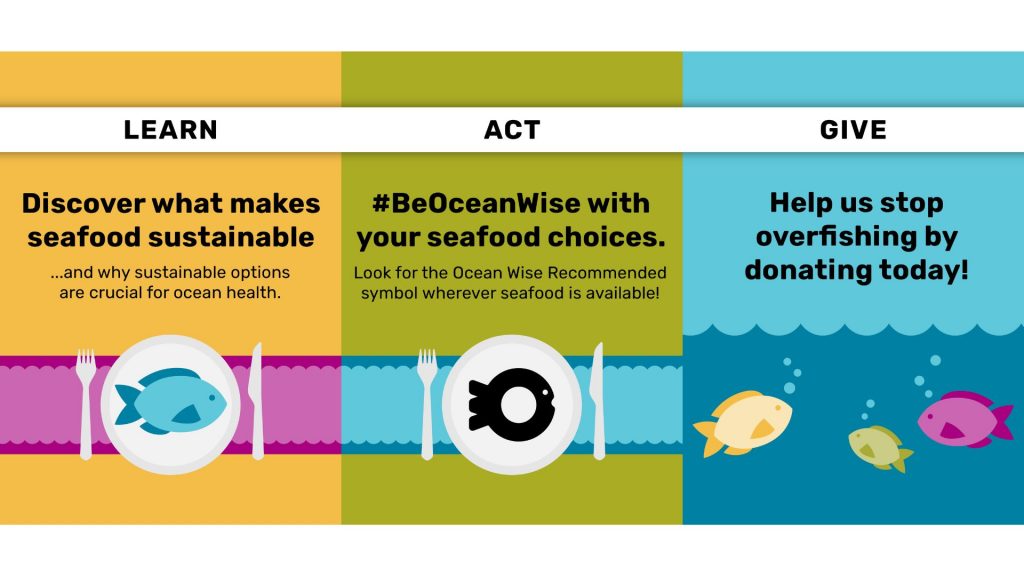
Posted October 15, 2024 by Kim Bricker
